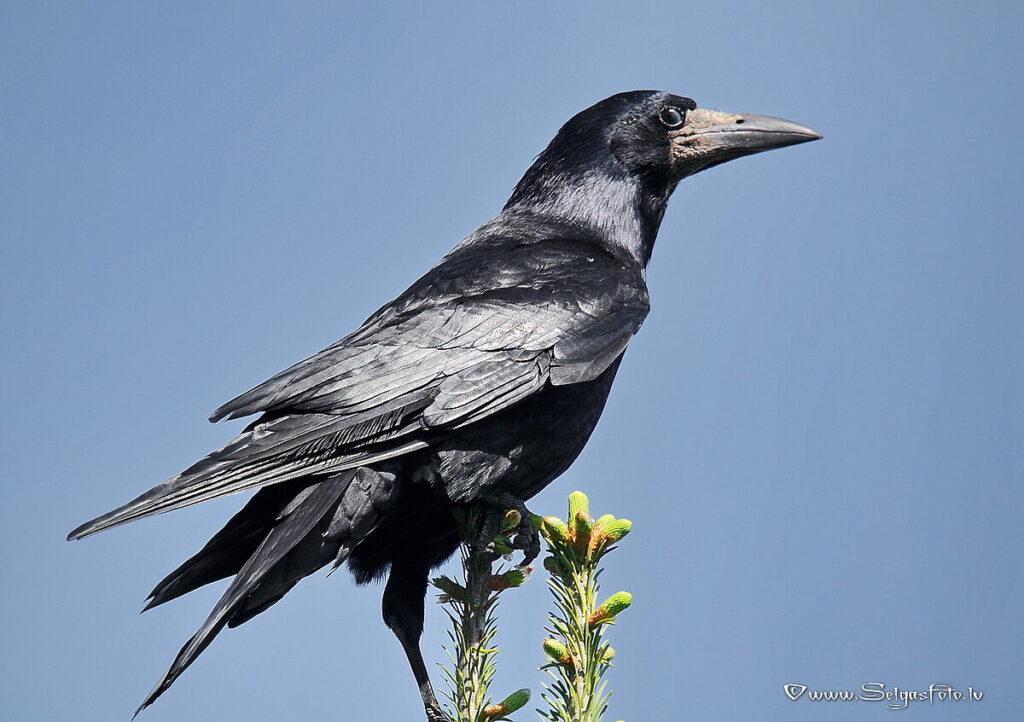New European Bird Red List published
The European Red List of Birds, published by BirdLife International, shows that 13% of European bird species are endangered. The list assesses the risk of extinction of 544 bird species using data from more than 50 European countries and territories, using internationally accepted IUCN criteria.

The report shows that 13% of European bird species are currently endangered and another 6% are almost endangered. In recent decades, populations of about a third of Europe's bird species have declined. The most endangered bird groups are seabirds, ducks, waders and birds of prey. The most endangered species are associated with the sea, agricultural land, grasslands and wetlands. Major threats include large-scale land use change, intensive agriculture, overexploitation of marine resources, inland water pollution, unsustainable forest management and infrastructure development. Populations are declining for a third of Europe's rural bird species.
At the same time, the report also shows success stories, with 47 species classified in a lower risk category than in the previous assessment. This was largely due to real population change, but in some cases better information was important. For some of these species (such as the woodpecker), populations are declining, but not as rapidly as previously estimated.
Of the bird species that regularly nest in Latvia, the situation in Europe has generally improved, such as red kite, herring gull and redving, which are now considered safe species in Europe, but several previously safe species, such as northern pintail, common snipe and rook, are now endangered in Europe.
The full report is available HERE.
More information on the website of the Latvian Ornithological Society.
Within the framework of the LIFE FOR SPECIES project, the risk of extinction of species is assessed according to IUCN criteria in all major groups of organisms, updating the Latvian Red Book and the list of specially protected species over the next four years. The International Union for the Conservation of Nature (IUCN) is an organization founded in 1945 with the aim of collecting, compiling and publishing scientifically based information on species and their status through the Red Book. The organization has developed a common methodology for assessing the status of species. In April 2021, within the framework of the LIFE FOR SPECIES project, the first large-scale training of IUCN experts took place in Latvia.
